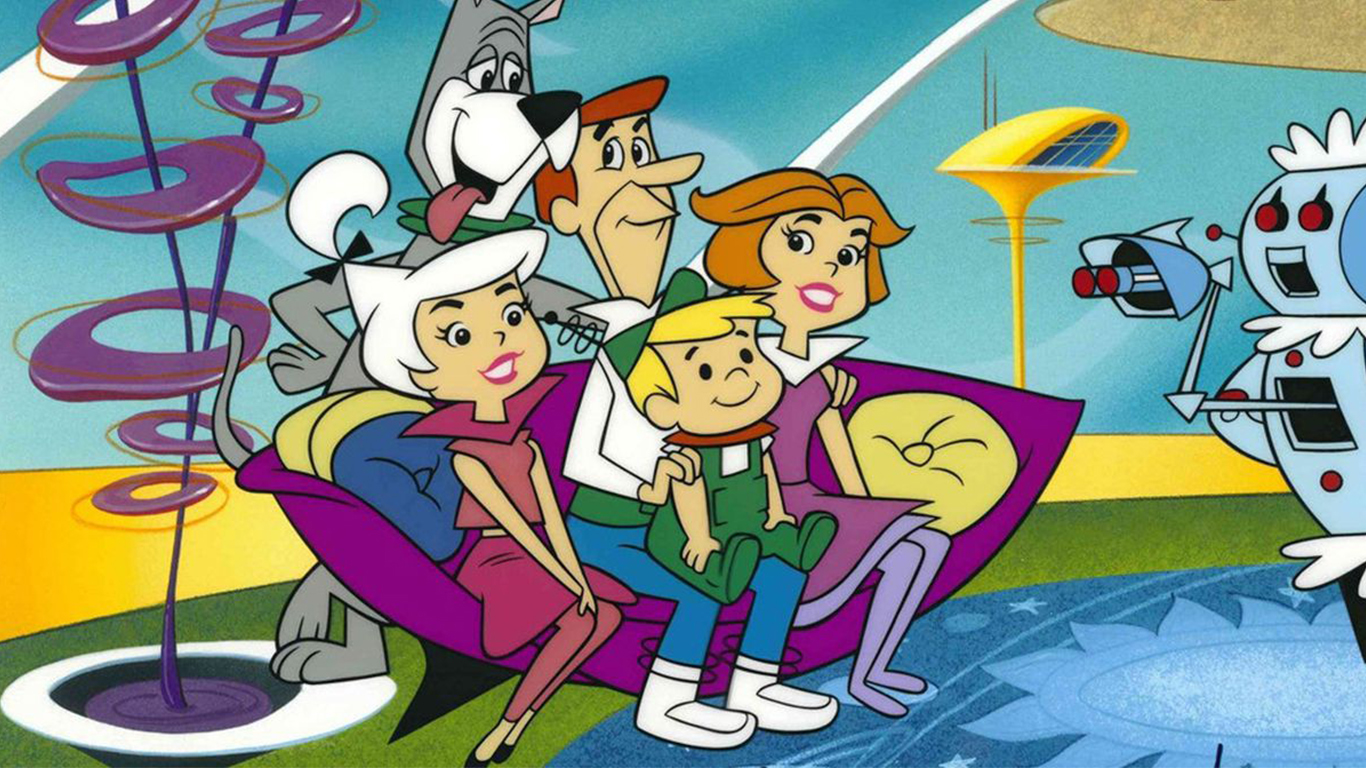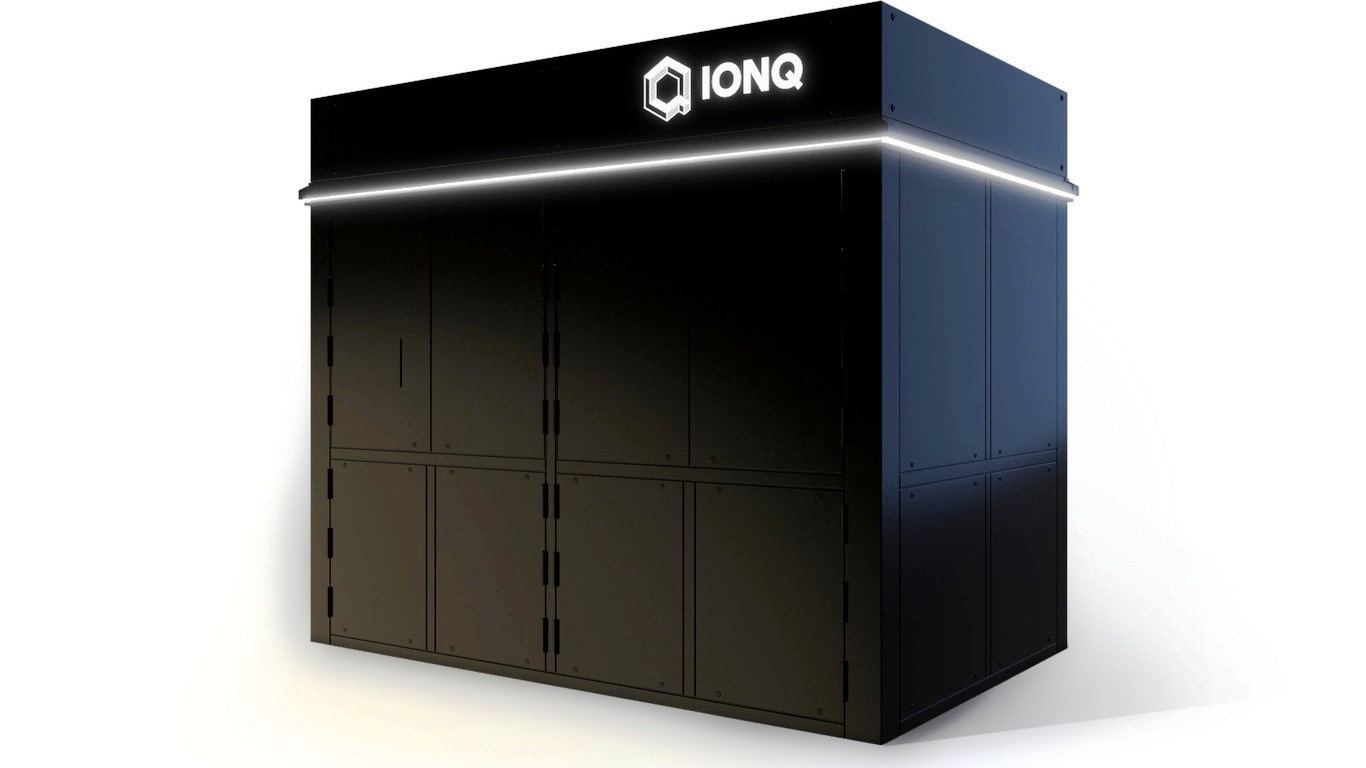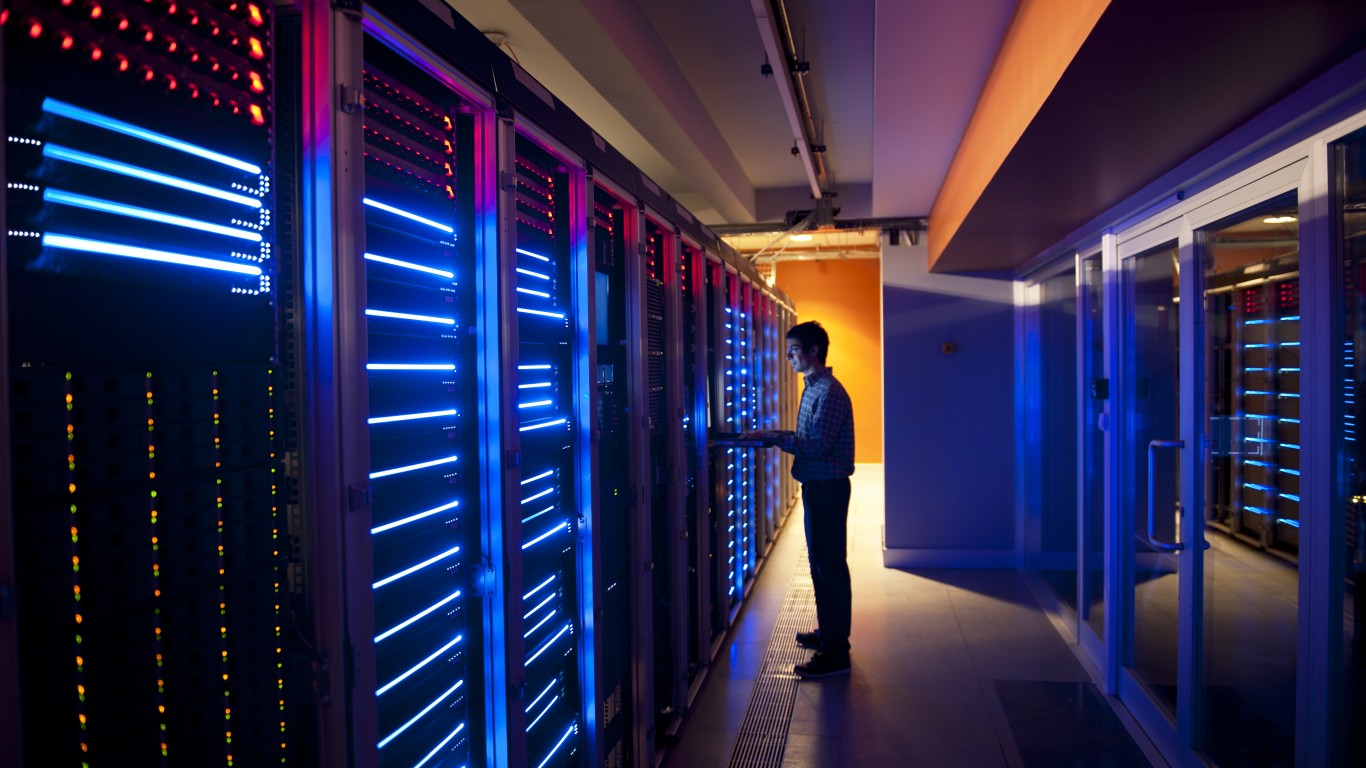

The Journal estimates that 85% of trading on the way down was driven by bots.
From The Herdlike Behavior of Computerized Trading in Wednesday’s Wall Street Journal ($):
Behind the broad, swift market slide of 2018 is an underlying new reality: Roughly 85% of all trading is on autopilot—controlled by machines, models, or passive investing formulas, creating an unprecedented trading herd that moves in unison and is blazingly fast.
That market has grown up during the long bull run, and hasn’t until now been seriously tested by a prolonged downturn.
Since peaking in late September, the S&P 500 index of U.S. stocks has fallen 19.8%. The S&P is down 15% in December alone. It isn’t just stocks. Crude oil stood above $75 a barrel in October. By Christmas Eve it was below $43. Monday was the worst Christmas Eve for the Dow Jones Industrial Average in its history.
To many investors, the sharp declines are symptoms of the modern market’s sensitivities. Just as cheery sentiment about the future of big technology companies drove gains through the first three-quarters of the year, so too have shifting winds brought the market low in the fourth quarter…
One reason the dynamic might have changed: Many of the trading models use momentum as an input. When markets turn south, they’re programmed to sell. And if prices drop, many are programmed to sell even more.
My take: I didn’t hear anybody complaining about the robots while the market was on the rise.

Thank you for reading! Have some feedback for us?
Contact the 24/7 Wall St. editorial team.





